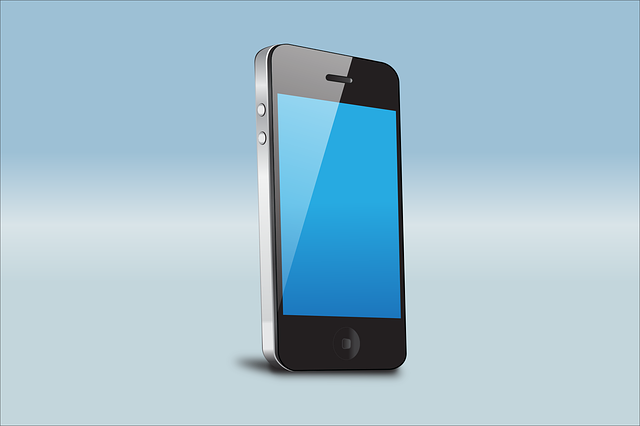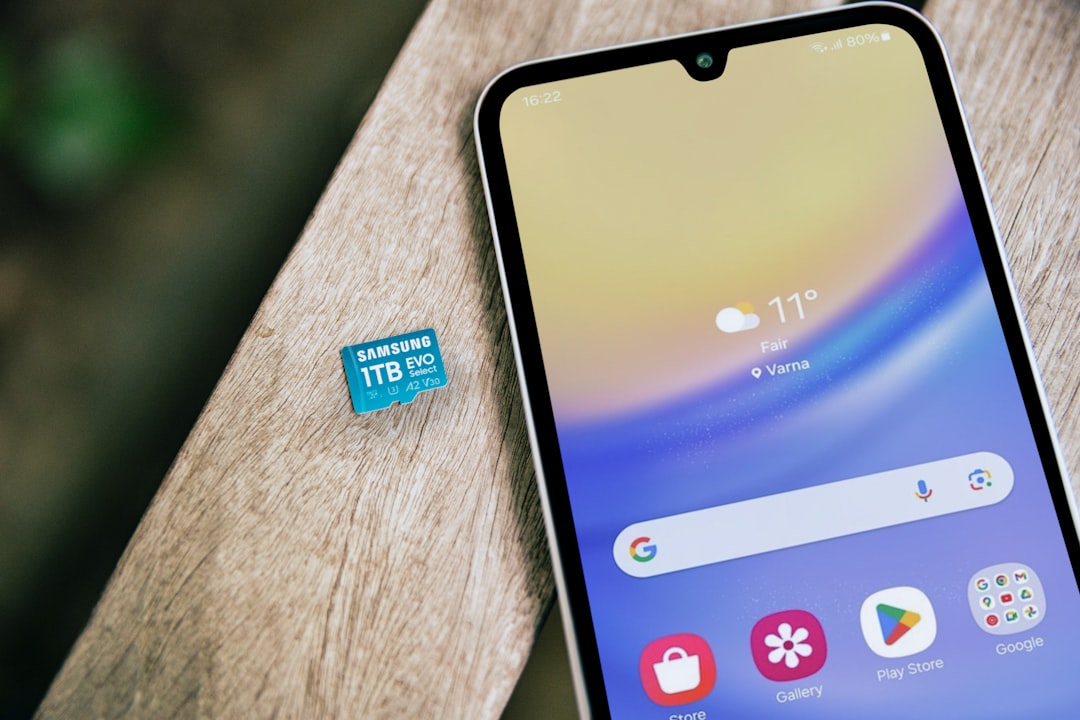In New Hampshire, texting while driving is illegal and carries strict penalties, with the 'Do Not Text Lawyer' campaign promoting road safety. Two-way radios, however, are legal and valuable tools for hands-free communication in professional settings like construction and emergency services. Yet, even using radios while driving must adhere to stringent rules, similar to texting laws, to ensure road safety. These devices enable quick information exchange in emergencies but drivers must prioritize vehicle operation, avoiding distractions. Consulting a Do Not Text Lawyer New Hampshire ensures understanding of legal boundaries regarding communication devices while driving.
In New Hampshire, understanding the state’s strict texting and driving laws is crucial. With the rise of hands-free communication tools, two-way radios have emerged as a legal alternative for licensed drivers in professional settings. This article explores the role of radio use on the road, licensing requirements, and its benefits for safe driving. Learn why seeking advice from a Do Not Text Lawyer New Hampshire can help you navigate these regulations while prioritizing focus and awareness on the highway.
Understanding New Hampshire's Texting and Driving Laws
In New Hampshire, texting while driving is a serious offense and a significant distraction for licensed drivers. The state has implemented strict laws to promote road safety and reduce accidents caused by driver inattention. According to these regulations, any driver holding a valid license is prohibited from sending or reading text messages while operating a motor vehicle. This includes the use of mobile phones, handheld devices, or any similar technology that might divert their attention from the road.
A Do Not Text Lawyer New Hampshire can help individuals understand and comply with these laws. The consequences of violating this rule can be severe, ranging from fines to license suspension or even criminal charges in certain cases. Drivers are encouraged to focus on the task at hand—safe driving—and avoid any activities that might distract them, ensuring a smoother and more secure journey for everyone on the road.
The Role of Two-Way Radios in Professional Settings
In professional settings, especially in industries where communication is paramount, two-way radios have long been a trusted tool. From construction sites to logging operations and even emergency services, these devices facilitate instant, clear, and direct communication—crucial for coordinating tasks, relaying important information, and ensuring safety. Unlike mobile phones, which can be distracting and even illegal in certain professions (like driving), two-way radios offer hands-free operation, allowing users to focus on their work while staying connected.
For instance, in New Hampshire, where Do Not Text Lawyer initiatives aim to reduce distracted driving, licensed drivers in professional roles can leverage two-way radios for job-related communication without compromising safety or legality. This is particularly beneficial in situations demanding immediate response times, such as in healthcare, law enforcement, and public works departments. By using these devices, professionals can efficiently collaborate, ensuring prompt and effective service delivery.
Licensing Requirements for Radio Use on the Road
In New Hampshire, using two-way radios while driving is regulated by strict licensing requirements to ensure safe communication on the road. Before operating these devices, individuals must obtain a valid driver’s license issued by the state. Additionally, they should be familiar with local laws and regulations regarding the use of such equipment during driving, including hands-free operation and designated areas for conversations.
It’s essential for licensed drivers to understand that using two-way radios, or any device that distracts from safe driving, can be dangerous and is often prohibited. A Do Not Text Lawyer New Hampshire campaign highlights the risks associated with texting while driving, but similar caution should be exercised when using radios. Prioritizing road safety means adhering to licensing guidelines and being mindful of one’s responsibilities as a licensed driver.
Benefits of Hands-Free Communication for Drivers
Two-way radios offer a safe and efficient way for licensed drivers to communicate hands-free, eliminating the need to take their eyes off the road or hands off the wheel. This is particularly beneficial in various scenarios where quick, clear communication is crucial, such as during emergencies, on construction sites, or in fleet management. By using these devices, drivers can stay focused on driving while still being able to receive and transmit important information.
For instance, in New Hampshire, where Do Not Text laws are strictly enforced, hands-free communication becomes an indispensable tool for drivers. It allows them to report accidents, coordinate with emergency services, or inform dispatchers about their status without compromising safety. This not only reduces the risk of accidents caused by distracted driving but also enhances overall road safety and response times.
Safe Driving Practices: Prioritizing Focus and Awareness
Staying focused while driving is paramount for safety on the roads, and using two-way radios comes with unique responsibilities. Drivers equipped with these devices must prioritize their primary task: operating their vehicles responsibly. The potential distractions posed by radio communication cannot be overlooked—a simple conversation can easily veer into uncharted territory if drivers lose concentration. Therefore, it’s crucial to remind licensed drivers in New Hampshire that safe driving practices demand undivided attention.
To ensure a secure driving environment, operators should refrain from multitasking while behind the wheel. This means putting away any devices or tools that could divert their gaze and fingers. Remember, sending a text message even for a quick response might take seconds, but it can have dire consequences if done while driving. As a licensed driver in New Hampshire, your priority should be on the road, not on your communication devices—do not text while driving.





